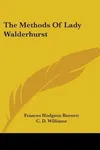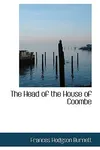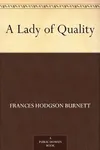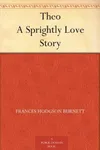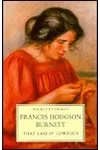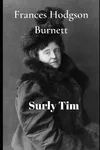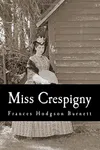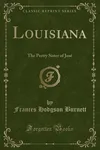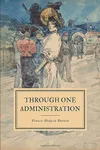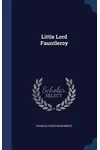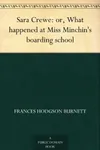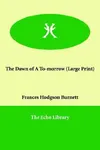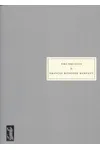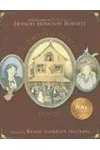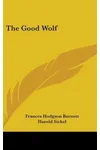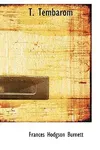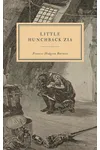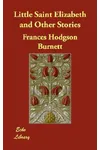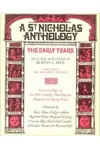Picture a Victorian storyteller who spun tales of secret gardens and plucky young heroes—meet Frances Hodgson Burnett! Born in 1849 in Manchester, England, this beloved author crafted timeless children’s classics like The Secret Garden and Little Lord Fauntleroy. Her stories, brimming with hope and transformation, continue to enchant readers across generations.
Burnett’s life was as vibrant as her novels. From her humble beginnings to her transatlantic adventures between England and America, she wove her experiences into stories that celebrate resilience and the magic of nature. Let’s dive into the world of this remarkable woman and her unforgettable works!
The Making of Frances Hodgson Burnett
Frances Eliza Hodgson was born into a modest family in Manchester, but financial struggles pushed them to emigrate to Knoxville, Tennessee, after her father’s death in 1865. The shift from industrial England to rural America sparked her imagination, blending Old World charm with New World optimism. As a teenager, she began writing short stories for magazines to support her family, her pen becoming a lifeline. Her early works, often romantic and sentimental, caught publishers’ eyes, setting the stage for her literary career.
Burnett’s determination shone through as she married Swan Burnett in 1873 and moved to Paris, then Washington, D.C. Her transatlantic lifestyle—splitting time between England and America—infused her writing with a unique perspective, blending British tradition with American spirit. This duality became a hallmark of her storytelling.
Frances Hodgson Burnett’s Unforgettable Stories
Burnett’s novels are literary hugs, wrapping readers in themes of growth, friendship, and the healing power of nature. Her most famous work, The Secret Garden (1911), follows Mary Lennox, a sour orphan who discovers a hidden garden and, through it, her own strength. The novel’s lush imagery and focus on renewal make it a cornerstone of children’s literature.
Little Lord Fauntleroy (1886) introduced Cedric Errol, a kind-hearted American boy who inherits a British earldom. Its blend of cross-cultural charm and optimism captivated readers, though its idealized hero sparked playful debates about “perfect” characters. A Little Princess (1905) tells the story of Sara Crewe, a wealthy girl reduced to servitude but sustained by imagination and kindness. Each book showcases Burnett’s knack for crafting resilient characters who transform their worlds.
Her style—vivid, heartfelt, and slightly whimsical—leans on rich settings and emotional depth. Whether it’s a walled garden or a London attic, Burnett’s worlds feel alive, inviting readers to step inside. Her focus on children’s inner lives was groundbreaking, paving the way for modern young adult fiction.
Why Frances Hodgson Burnett Matters
Burnett’s stories transcend time, inspiring adaptations in film, theater, and even anime. The Secret Garden alone has been reimagined countless times, its message of hope resonating in turbulent eras. Her emphasis on nature’s restorative power feels especially relevant today, echoing in movements for environmental awareness and mental health.
As a woman who carved a literary career in a male-dominated era, Burnett also broke barriers. Her success as a transatlantic author, balancing homes in two continents, made her a trailblazer. Her works continue to inspire writers like J.K. Rowling and Jacqueline Wilson, who cite her influence on their own magical worlds.
About Frances Hodgson Burnett
- Born: November 24, 1849, Manchester, England
- Key Works: The Secret Garden, Little Lord Fauntleroy, A Little Princess
- Died: October 29, 1924, Plandome, New York
- Legacy: Pioneered children’s literature with themes of resilience and nature
Ready to fall in love with Burnett’s world? Snag The Secret Garden and step into her timeless magic!

